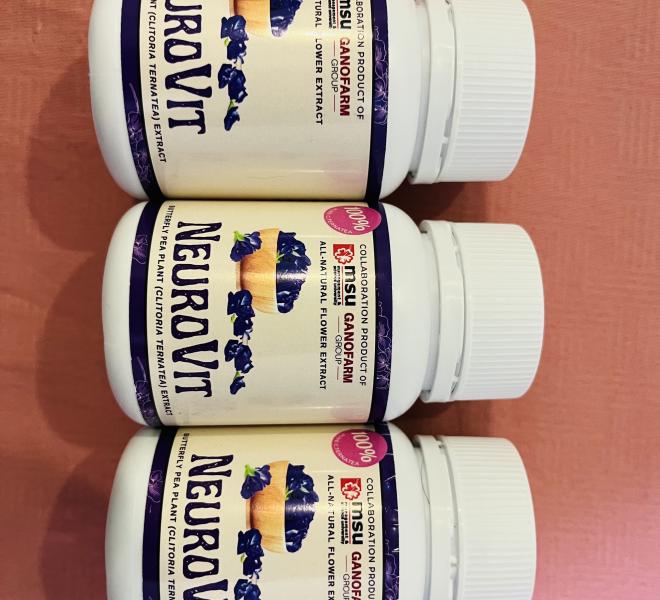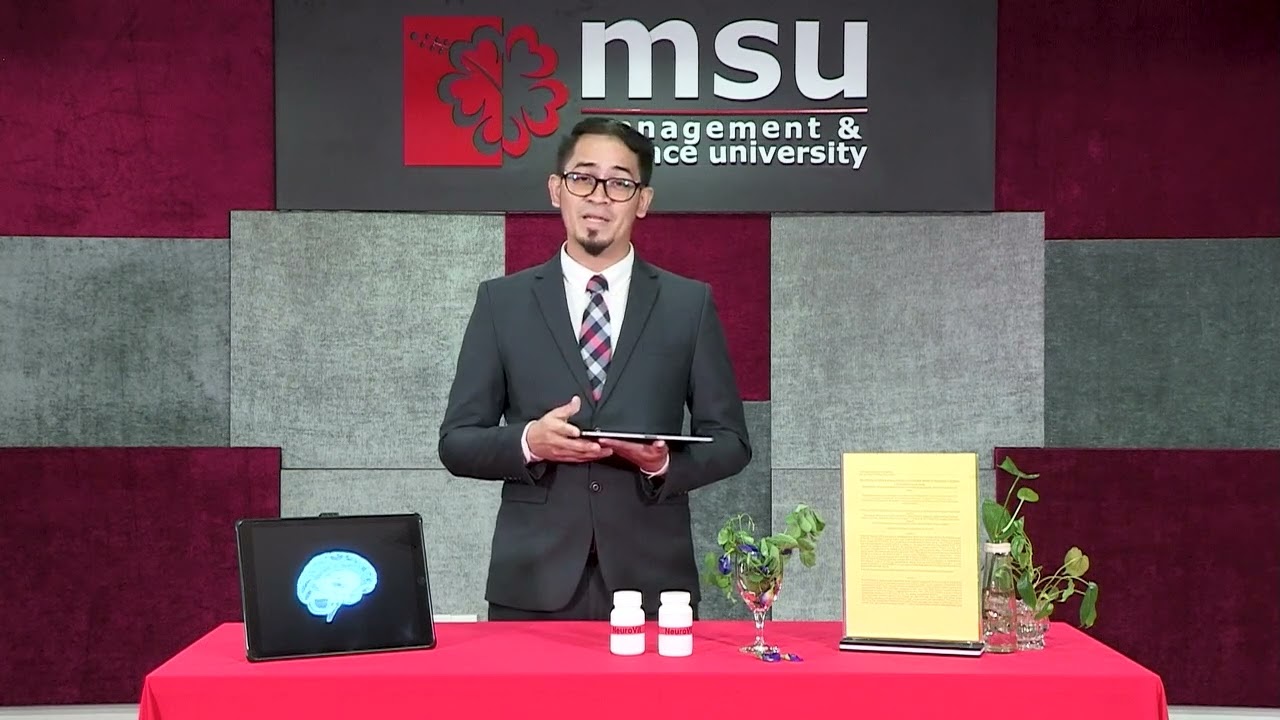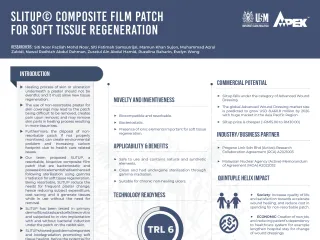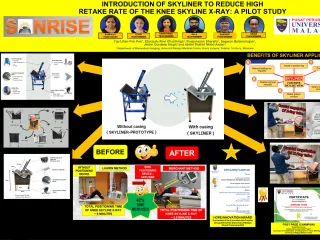Clitoria Ternatea: An alternative for Alzheimer Disease's & Parkinson's Disease.
Description
Clitoria ternatea (CT) flower extract was evaluated for its potential effects against neurodegenerative disorders eg; Alzheimer and Parkinson's disease. The Parkinson's disease (PD) brain is damaged due to excessive accumulation of misfolded alpha-synuclein, which is found in intracytoplasmic inclusions called Lewy bodies. Rats' models were induced with rotenone (2 mg/kg) for 28 days before administered of different dosages of extract CT flower as a treatment. We performed a thorough behavioral analysis, including motor, emotional and cognitive dimensions of the 6-hydroxydopamine-induced rat model of PD as well as histology analysis. Treatment group 3, which was the highest dose, showed the most reduction in immobility time after post-treatment from day 1 to day 28. The anxiety-like behavior induced by the lesion was confirmed by testing the rat model in the open field. In the beam walking test, impaired rats (control negative group) were frequently directed to cling onto the side of the beam, which increased their time to cross. Compared with the control group rat, the total distance between treatment group 1 and group 2 made a minimal difference compared with group 3 (500 mg/kg), which showed a significant increase from day 1 to day 28 by 72.3% to 95.4%. As counted, 500mg/kg body weight of treatment group 3 showed the most reduction in Lewy bodies compared to other groups. Overall, these behavioral studies are suitable to test motor and cognitive skills, sensory-motor function and emotional behavior of PD-like behavior of rat models.
Highlights
1. Our findings show that levodopa treatment does not effectively counteract the sad and anxious-like behaviors brought on by rotenone-induced. Levodopa's ineffectiveness drove the investigation of additional dopaminergic therapies. The increase in immobility time exhibited by lesioned rats in the forced swim test and the anxiogenic-like effect caused by rotenone in the beam walking test were both successfully reversed by Clitoria ternatea therapy, according to our findings. These findings demonstrate the accuracy of the current model, its predictive value for researching viable therapies for mental conditions linked to Parkinson's disease, and the efficiency of Clitoria ternatea in lowering Parkinson's disease symptoms like behavior.
2. The forced swim test is one of the most popular laboratory tests for determining probable depressive-like behavior in animal models, particularly rodents. Here, we discovered that rats in treatment group 3 spent considerably more time swimming overall from days 1 to 28 according to the total time spent swimming compared to other treatment groups because they received the highest dosage of Clitoria ternatea (500 mg/kg). This finding is supported by the fact that treatment group 3 experienced a decrease in total immobility time from days 1 to 28. Despite this, during the forced swim test, all three groups had a greater vulnerability to forced swimming, as seen by increased immobility and decreased swimming behavior. In other words, under our experimental circumstances, lean helplessness is present in the control group negative but not in the treatment group. These results suggest that the sensitivity of the rats to forced swimming was positively correlated with the drug sensitivity, along with the significantly-positive correlation of post-treatment analysis following the administration of Clitoria ternatea
3.The C. ternatea extract was seen to have high potential in treating AD. The damages caused by the inducing of aluminium chloride in attempt to replicate AD in zebrafish can be seen to improve with the administration of the C. ternatea extract treatment.
4. C. ternatea treatment shows a significant improvement towards the zebrafish model of AD swimming pattern and behaviour. Treatment with C. ternatea extract was seen to improve the number of entries and latency to the bottom region similar to the control zebrafish. When comparing the distance travelled and maximum speed of the AD zebrafishes group and the 14 days of treatment zebrafish group, a 20% significant improvement can be observed.
5. C. ternatea treatment were seen to have mediated the Oligodendrocyte nuclei changes and increased the number of Purkinje cells. The nuclei were seen to gradually become similar towards the Oligodendrocyte nuclei in control zebrafish. The results reflect the capability of the C. ternatea in treating neurological damages to the brain. The C. ternatea were found to contain neurostimulants that are able to push the regeneration of dendrites and triggers the release of the release of corticotrophin- releasing hormone in the hippocampus to improve the efficacy of the synaptic process.
Contact Person/Inventor
| Name | Contact Phone | |
|---|---|---|
| Safraa Sapawi | safraasapawi@msu.edu.my | 601112992833 |
Award
| Award Title | Award Achievement | Award Year Received |
|---|---|---|
| Malaysian Technology Expo | MTE 2023 | 2023 |
Video
Additional Document
| Attachment | Size |
|---|---|
| file-1711438531.pdf (375.79 KB) | 375.79 KB |
| file-1711438531.pdf (472.57 KB) | 472.57 KB |
| file-1711438531.pdf (420.91 KB) | 420.91 KB |
| file-1711438531.pdf (2.09 MB) | 2.09 MB |
| file-1711438531.pdf (788.51 KB) | 788.51 KB |









Comment